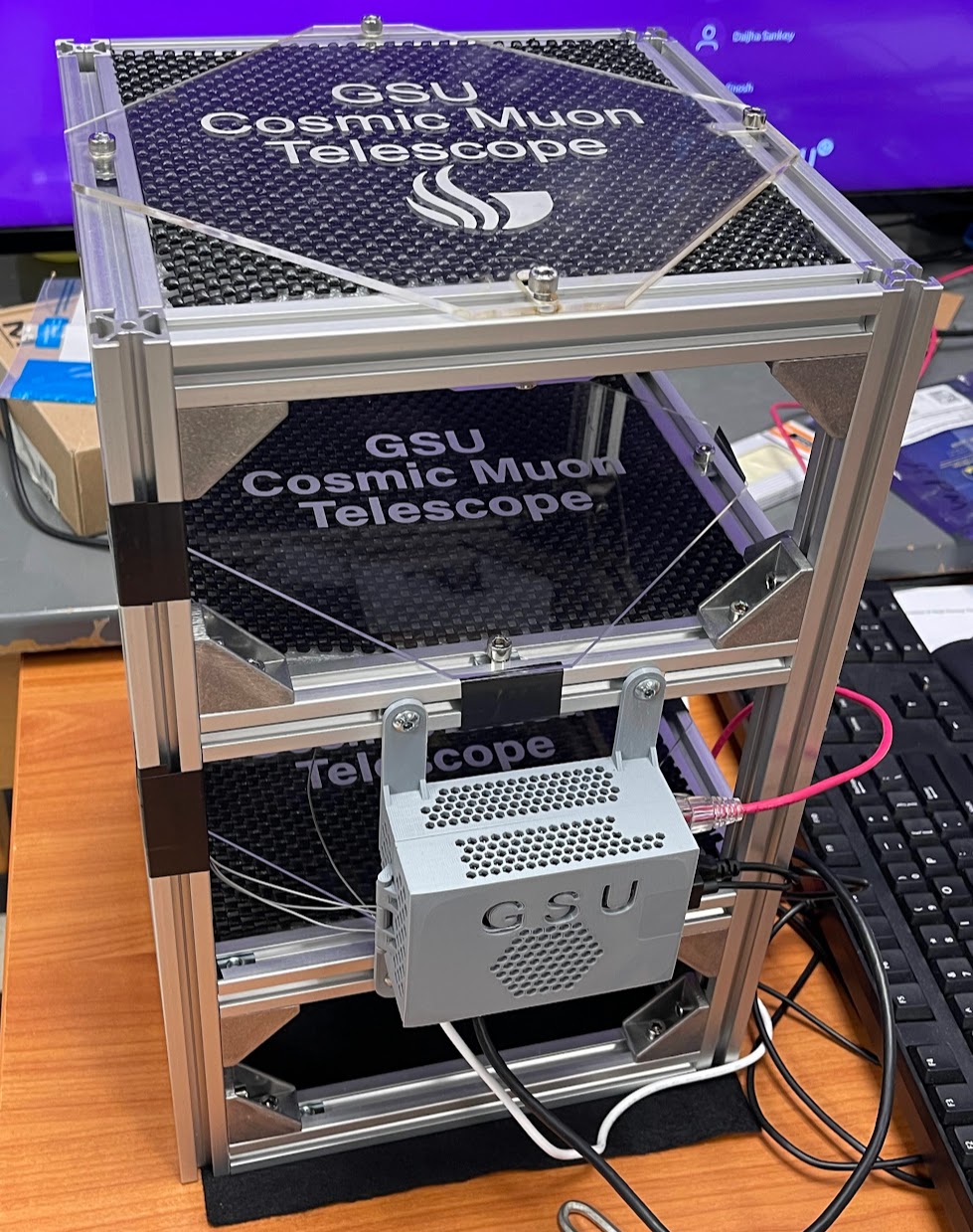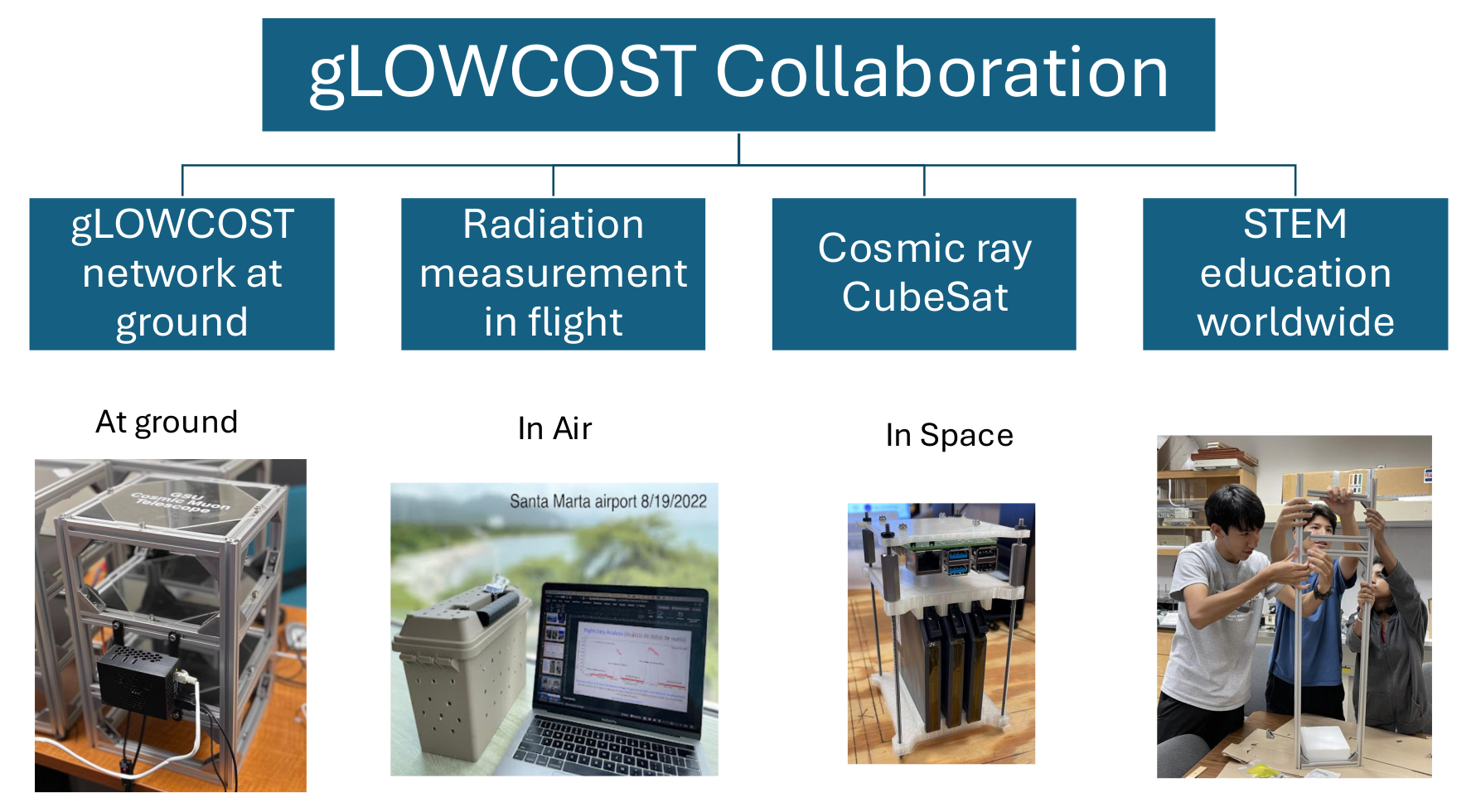Welcome to WordPress. This is your first post. Edit or delete it, then start writing!

Global Cosmic Ray Muon Detector Network
Bridging the Gap in Space and Terrestrial Weather Monitoring and STEM Outreach
The Problem
Current space weather monitoring is often expensive and inaccessible, leaving many communities vulnerable. Our cost-effective approach will improve predictions, mitigate risks, and build a more resilient future for all.
Our Solution
Our project aims to create a global network of affordable and sustainable cosmic ray detectors to monitor space weather and its effects on Earth. By expanding partnerships and providing accessible technology, we’ll empower communities, especially in underserved regions, to participate in scientific research and education.
Its Impact
This initiative will not only help mitigate the risks of severe space weather events but also foster global collaboration and inspire future generations of scientists and engineers to address shared challenges.

Detector Development
The photo on left is the baseline design of the portable and low-cost cosmic ray muon detector developed by the Nuclear Physics Group at Georgia State University.
gLOWCOST Network
The gLOWCOST Collaboration is led by an interdisciplinary team of faculty at Georgia State University in Atlanta, USA, and includes international partners from countries across East Asia, Europe, Africa, and South America. The team actively seeks to expand global participation in the gLOWCOST initiative, fostering a collaborative network worldwide.


The very first deployment of portable and low-cost cosmic ray muon detector at Frederick Douglas High School, Atlanta, on October 11, 2024.
STEM Outreach
One of the key components of the gLOWCOST project is to use the detector network as a platform for training the next generation of workforce in monitoring extreme space weather events and exploring the dynamic changes in the atmosphere due to climate change. The photos on the right show the very first deployment of the gLOWCOST cosmic ray muon detector at Frederick Douglass High School, which is very close to the campus of Georgia State University. The plan is to install as many of these detectors as possible in the state of Georgia and around the world. Students from various cultural backgrounds can share their learning experiences and make impactful contributions to solving the most challenging issues humanity will face in the future.
Network Expansion


Cosmic Life
Cosmic ray radiation existed long before life was created on the Earth